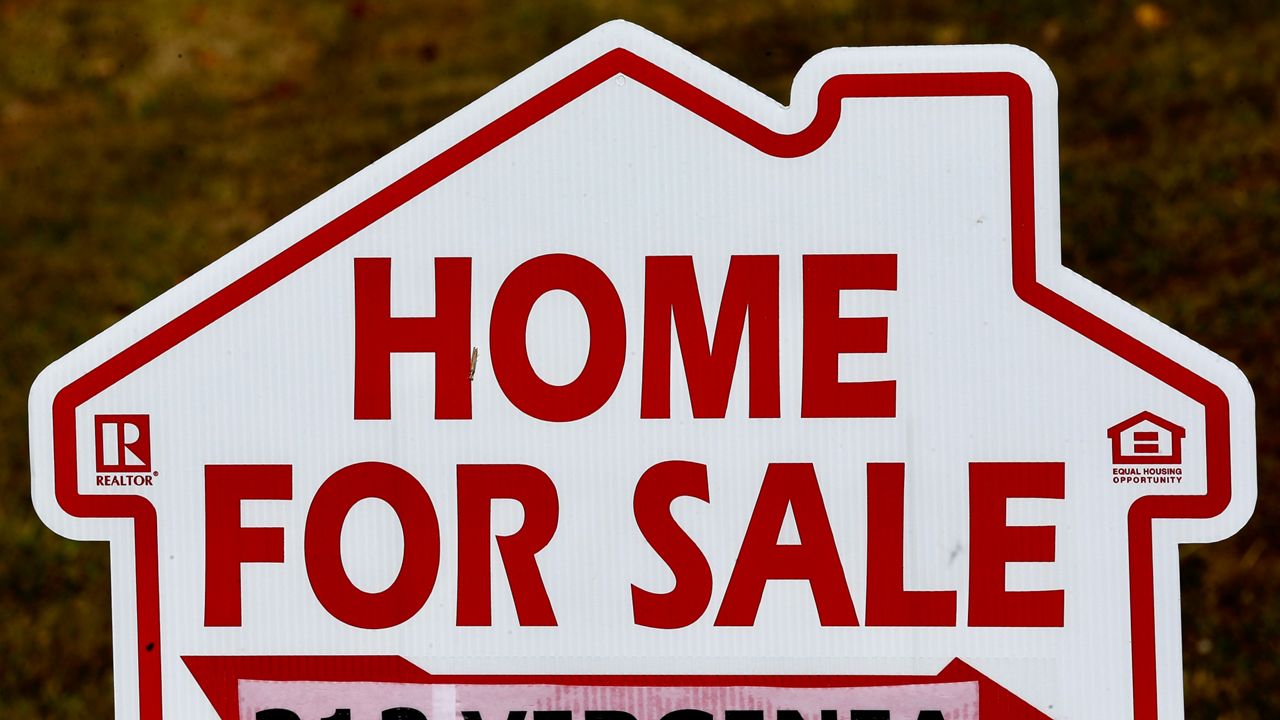SEAL BEACH, Calif. — With mortgage rates rising, housing demand in Orange County has dropped during traditionally the most popular buying time of the year.
Demand, defined as the number of pending home sales from the past 30-days, has fallen 30% from the previous year, said Steven Thomas, an economist at Reports on Housing. The data company analyzes Southern California’s housing market.
Last year, there were more than 3,081 pending home sales at the end of April. According to Thomas, at the end of April, there were only 2,154.
“With rates increasing well above 5%, demand will continue to erode,” Thomas said in his recent newsletter released on May 2. “Affordability is becoming a real factor in the housing market in 2022. As long as rates remain elevated above 4.5% with duration, demand will be muted, and the market will methodically slow from week to week, month to month.”
And the once hot local coronavirus pandemic-fueled real estate market expects to cool some more as mortgage rates rise throughout the year and inventory increases.
A combination of the pandemic, work-from-home policies, and low-interest rates drove the housing market to record year-over-year price appreciation and sudden low inventory in the past two years.
Although Orange County's for-sale home inventory is still historically low, it is slowly coming up, said Thomas, adding that housing stock rose 21% in the past couple of weeks. At the beginning of the year, there were only about 1,100 homes for sale. The current inventory is at 2,104 — the first time it has surpassed the 2,000 number since last October.
"This will continue throughout the spring and summer markets, which is when more homes are placed on the market than any other time of the year," Thomas said. "As more homes enter the fray, they will be greeted with more cautious demand, buyers unwilling to stretch much above the asking price and unwilling to pay much more than the most recent closed or pending sale."
Pre-pandemic February 2020, Orange County's median home price was $748,000. Today, the county's median home price reached $1.02 million.
"At these levels, rising mortgage rates significantly impact payments," Thomas said.
The Federal Reserve met Wednesday and increased interest rates an additional 0.5% — the highest in 20 years — to stem record high inflation. The latest increase is the second of seven rate hikes expected this year.
The Feds increased rates by 25 basis points or 0.25% in March. Several reports expect the Feds to continue aggressively increasing rates to fight inflation throughout the rest of the year and next year.
Although mortgage rates don’t follow the central bank’s decision, they affect it. The week before the Feds increased rates for the first time on March 16, the 30-year average mortgage rate was at 3.85%, reported Freddie Mac. By the end of March, the 30-year mortgage rate was 4.67%.
As of May 5, the average 30-year fixed rate mortgage is 5.27% — its highest point since 2009, according to Freddie Mac's weekly Primary Mortgage Market Survey.

Local real estate agents said the higher mortgage rates affect potential buyers’ decision-making. Buyers today are worrying about rising mortgage rates and higher everyday costs, from gas prices to food and other consumer goods.
Teresa McCarthy, an associate broker at Compass Long Beach, said some buyers are shying away from the market. McCarthy said one of her clients had qualified for a $700,000 loan earlier this year, only to see it drop in the low $600,000s.
“Their purchasing power and affordability have gone down,” McCarthy said.
Edwin Baloloy, a real estate salesperson at Newport Beach-based Residential Agent, said he noticed potential buyers backing out of deals.
Buyers are more conscious of their monthly payments.
For example, the mortgage payment for a $1 million home purchased at the end of December’s 3.1% average 30-year mortgage rate, with 20% down, would roughly be $4,140. Today, with a 5.27% mortgage rate, the payment would be about $5,100.
“I’ve been experiencing more buyers backing out of negotiations and escrows at a much higher rate for sure,” Baloloy said. “I think some are still thinking about their payment at under 3.5% and then realize what the new payment would be.”
Although the market is slumping, McCarthy said there are still many opportunities in the market for the right buyers. She sees more people looking into adjustable rate mortgage, or ARM loans, and she's telling all cash buyers to wait for prices to drop.
"I have a few cash buyers, and I'm telling them to wait for prices to possibly go down," McCarthy said. "They don't need a loan, so they are good."
McCarthy said this slump is good for the real estate market's health. She noted that the record high year-over-year price appreciation and insane demand were not sustainable.
"It's needed," she said. "It's unsustainable the way it was going."



